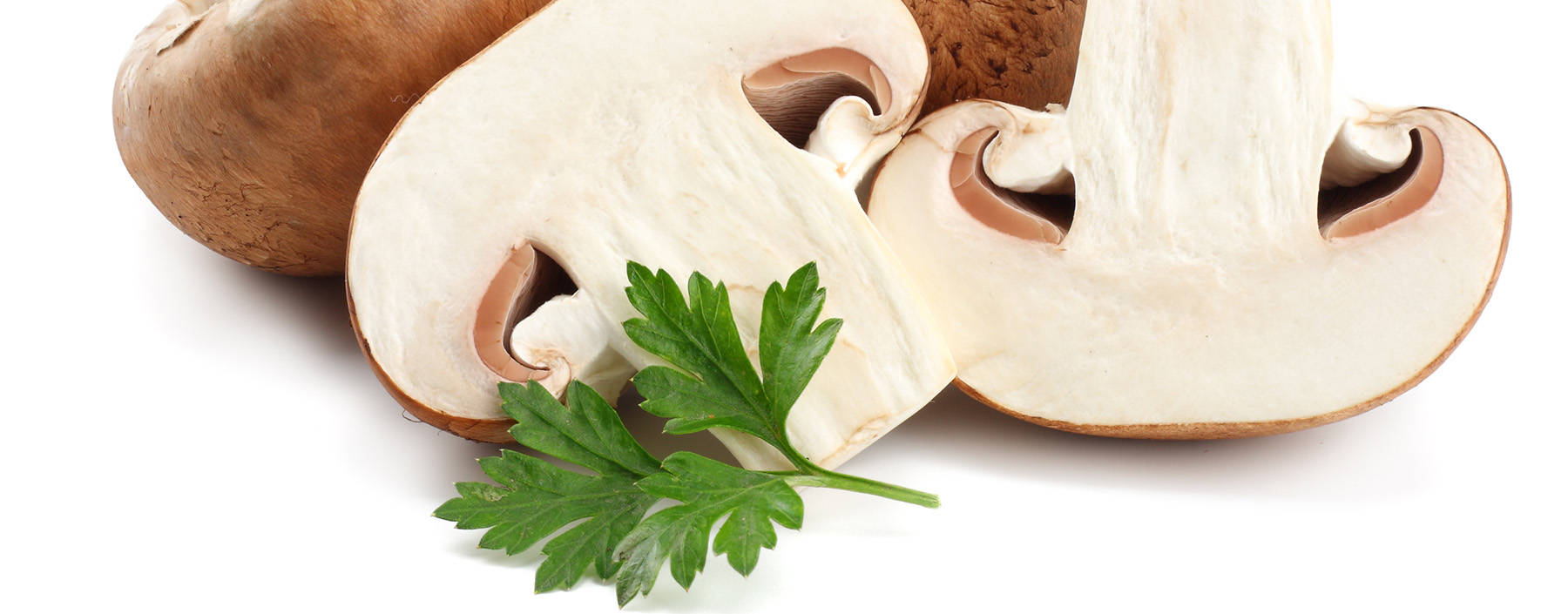
When a mushroom is introduced into a culture environment from the wild, very little is known about its properties until tests are conducted. Each mushroom species is unique. Most saprophytic mushrooms are easily isolated from nature, but it remains to be seen whether they can grow in artificial culture conditions. Only after a cultivator has performed all stages of the cultivation process on a strain does a recognizable pattern of characteristics develop. Even within the same species, mushroom strains are surprisingly different. Therefore, screening and evaluating mushroom strains derived from different mushroom strains is essential for successful mushroom cultivation.
Services
The habit, sensitivity, and yield performance of mushroom strains are the foundation of any mushroom farm. When a strain goes bad, yields drop dramatically, and the typical consequence is the proliferation of disease organs. Our team of experts is constantly scrutinizing new strains to find suitable candidates for production. As one of the leading providers of mushroom culture services, Lifeasible evaluates and develops mushroom strains by examining the following characteristics. Most of these characteristics can be observed with the naked eye.
- Recovery
We can analyze how long it takes for a mushroom strain to recover from inoculum shock, typically less than 24 hours. For some poorly recovered mushroom strains, we reactivate them through strain development and/or media improvement.
- Growth Rate
- Quality of the Mycelial Mat
- Adaptability to Single Component, Complex Substrates
- Speed of Colonization to Fruiting
- Microflora Dependability/Sensitivity
- Photosensitivity
- Requirement for Cold Shock
- Requirement for High Temperature
- Number and Distribution of Primordial Sites
- Site-Specific Response to Low Carbon Dioxide levels
- Number of Primordia Forming vs. Those Maturing to an Edible Size
- Number of Viable Primordia Survivaling for 2nd and 3rd Flushes
- Duration Between 1st, 2nd and 3rd Flushes
- Spore Load Factors
- Appearance: Form, Size, and Color of the Harvestable Mushrooms
- Duration from Storage to Spoilage: Preservation
- Abatement of Growth Subsequent to Harvest
- Necrosis Factors and the Protection of Dead Tissue from Competitors
- Genetic Stability/Instability
- Flavor
- Texture
- Aroma
- Sensitivity to Essential Elements: Minerals and Metals
- Ability to Surpass Competitors
- Nutritional Composition
- Production of Primary and Secondary Metabolites
- Production of Medicinal Compounds
Once a good strain has been developed, we perform multiple back-ups as test tube tilts to protect the strain from mutations and aging factors. Our experts develop an intimate, interdependent relationship with each mushroom strain. The range of characteristics we detect helps clients define the unique properties of any culture. Our mushroom strain identification and screening services help achieve the goals our clients ultimately seek in introducing strains into the culture. Please do not hesitate to contact us. We look forward to a wonderful collaboration with you!
Reference
- Stamets P. (2011) Growing gourmet and medicinal mushrooms[M]. Ten speed press.
For research or industrial raw materials, not for personal medical use!



